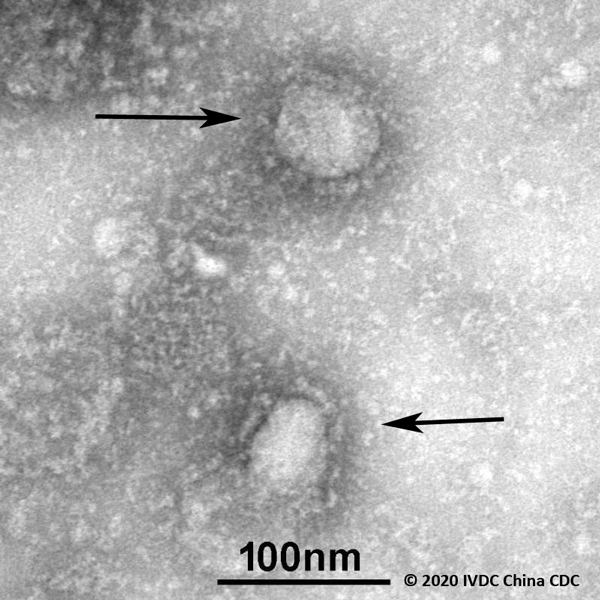When Wuhan coronavirus was first detected in December and confirmed its first death on January 7, 2020, it took just 10 more days for it take on a bigger dimension as it showed up in passengers who returned from Wuhan in neighboring Asian countries such as South Korea, Singapore, Japan and Thailand, indicating its potential to spread faster.
The clinical signs and symptoms of the patients are mainly fever, difficulty in breathing, and chest radiographs show bilateral lung infiltrates. Some cases were mainly dealers or vendors in Huanan Seafood Market that remained closed since Jan 1.
Symptoms of Wuhan Coronavirus
Sensing wrong signals, global governments rushed to the World Health Organization for an advisory last week but after a series of deliberations, the global body decided not to declare it as a global outbreak.

After an emergency meeting, the World Health Organization (WHO) decided on Friday, Jan 24, that the viral illness in China that has sickened 830 people will not be declared a global health emergency. WHO spokesman Tarik Jasarevic told a Geneva news briefing that "the focus is not so much on the numbers, which we know will go up. It's still too early to draw conclusions on how severe the virus is."
True to his expectations, within five days, the virus has reached global proportion reaching 13 countries which have reported confirmed cases of coronavirus while China has put the the death toll at 56 currently.
WHO refuses to declare it a 'global pandemic'
However, as of Saturday, Jan 24, the global health body, in its updated advisory on coronavirus '2019-nCoV' said, "Not enough is known about the epidemiology of 2019-nCoV to draw definitive conclusions about the full clinical features of disease, the intensity of the human-to-human transmission, and the original source of the outbreak."

Since the current outbreak originated in Chinese city Wuhan, a major domestic and international transport hub, the global health body said that it is "expected to significantly increase during the Chinese New Year in the last week of January, and the observed human to human transmission, it is not unexpected that new confirmed cases will continue to appear in other areas and countries."
China's emergency efforts
China has been gearing up for the outbreak within and scrapped the New Year public gatherings during the Spring Festival, which started on Jan. 25. It has sealed off 20 cities so far and proposed to build a Wuhan-based 1,000-bed hospital on a war footing though the number of victims crossed 1,300 by the weekend. Leishenshan Hospital, Wuhan's other specialized hospital, will hold 1,300 beds and is expected to be put into use by February 5.
Meanwhile, Chinese Center for Disease Control and Prevention has shared the first image, genetic sequence and metadata of newly discovered Wuhan coronavirus with other GISAID group members and many governments and institutes have rushed to find a vaccine for the Wuhan coronavirus, which may turn into a potential global pandemic, before the WHO officially announces it.









